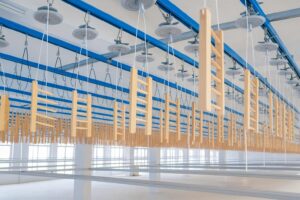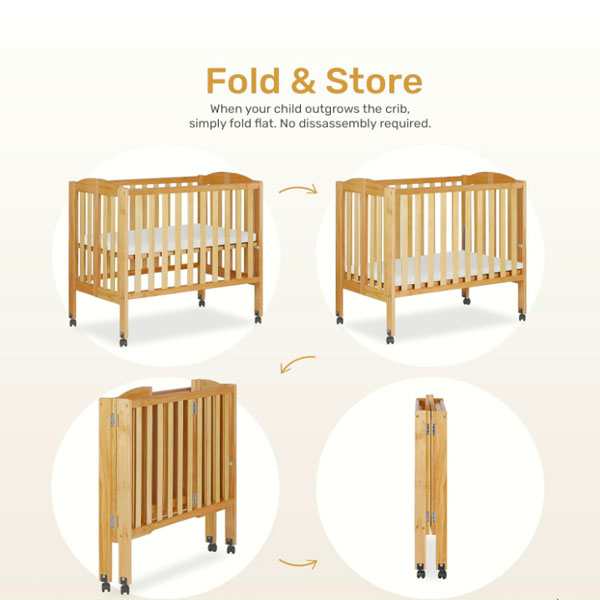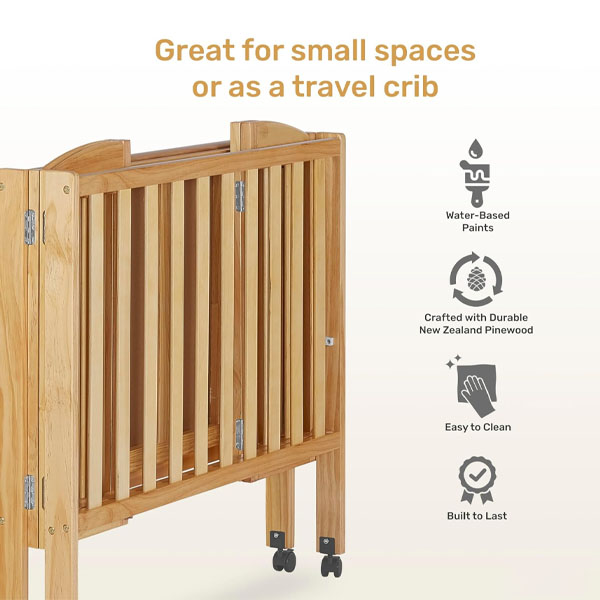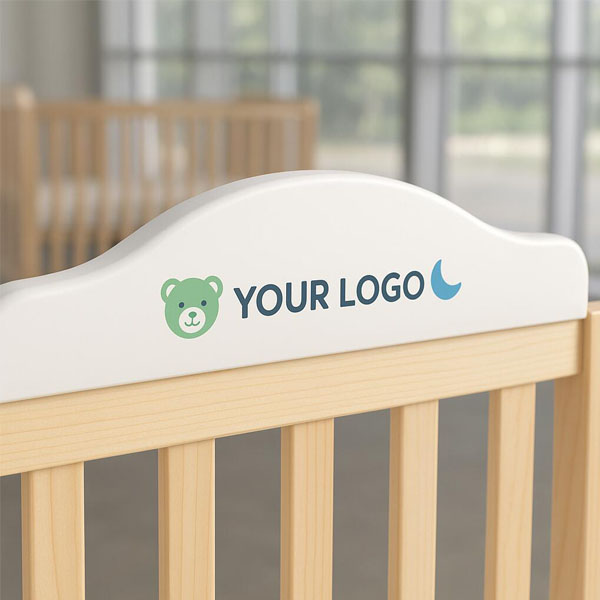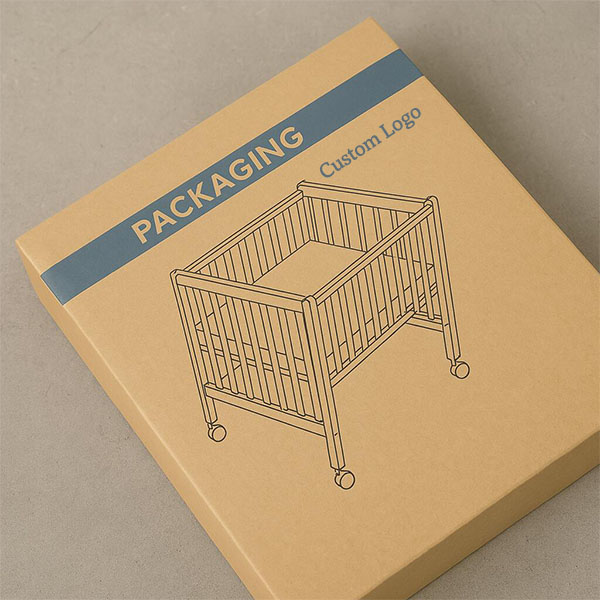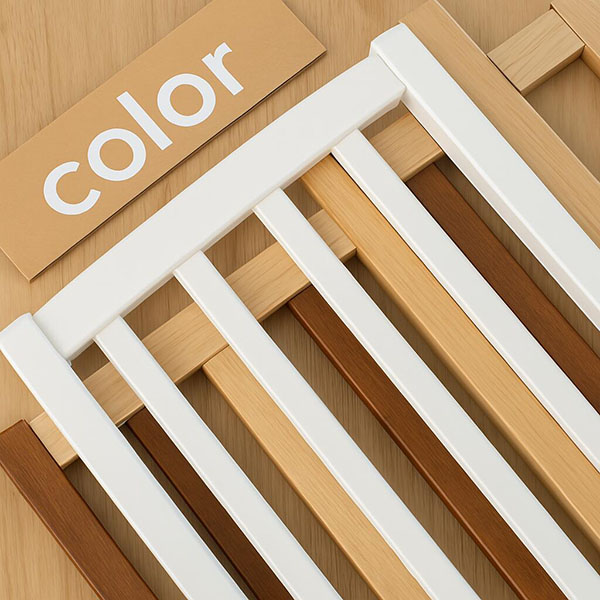Exploring the Various Types of Baby Cribs
Selecting the right crib is a pivotal decision for parents, as it serves as the centerpiece of a baby’s nursery and plays a crucial role in ensuring the child’s safety and comfort. Understanding the different types of cribs available can help parents make informed choices that align with their needs, space, and budget. Below is an in-depth exploration of the various crib options:Selecting the right crib is a pivotal decision for parents, as it serves as the centerpiece of a baby’s nursery and plays a crucial role in ensuring the child’s safety and comfort. Understanding the different types of cribs available can help parents make informed choices that align with their needs, space, and budget.
1. Standard Cribs
Standard cribs are traditional, full-size cribs designed solely for infant sleep. They offer a sturdy and stationary sleeping environment without additional features or conversion capabilities. These cribs are ideal for parents seeking a straightforward, reliable option that meets all safety standards.
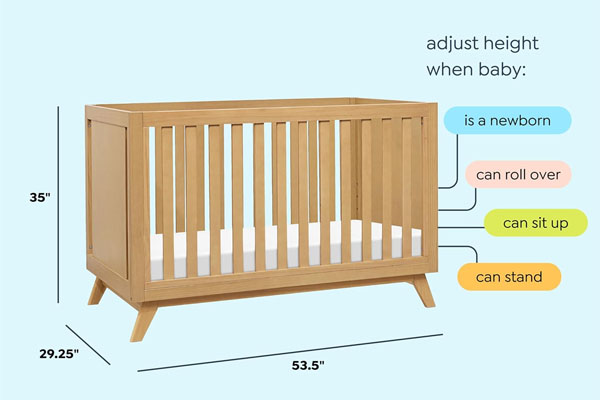
2. Convertible Cribs
Convertible cribs, often referred to as "lifetime cribs," are designed to adapt to a child’s growth. They can transform from a crib into a toddler bed, daybed, and sometimes even into a full-size bed. While they may have a higher initial cost, their versatility can provide long-term value.
3. Mini Cribs
Mini cribs are smaller versions of standard cribs, making them suitable for limited spaces or as a secondary crib for grandparents’ homes. Due to their compact size, babies may outgrow mini cribs more quickly than standard ones.
4. Portable Cribs
Portable cribs are lightweight and designed for easy movement, often featuring wheels or the ability to fold for transport. They are ideal for families who travel frequently or need a crib that can be relocated within the home.
5. Travel Cribs
Travel cribs are specifically designed for families on the go. They are typically lightweight, easy to assemble, and compact when folded, making them convenient for trips and visits.
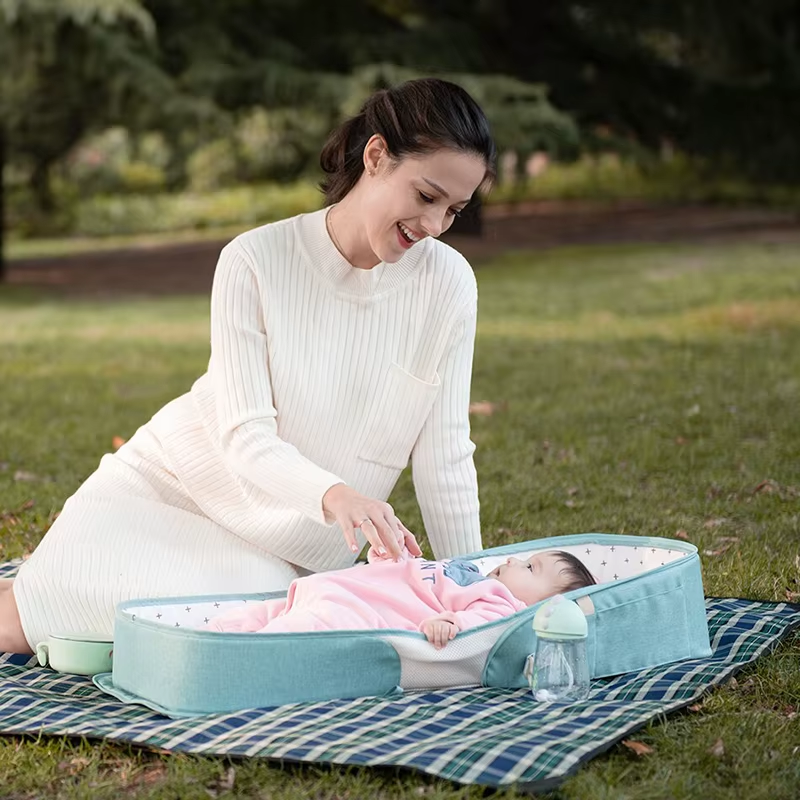
6. Crib and Changer Combos
These multifunctional units combine a crib with an attached changing table, offering added convenience and storage. They are particularly useful in maximizing space and keeping essential items within arm’s reach.
**7. 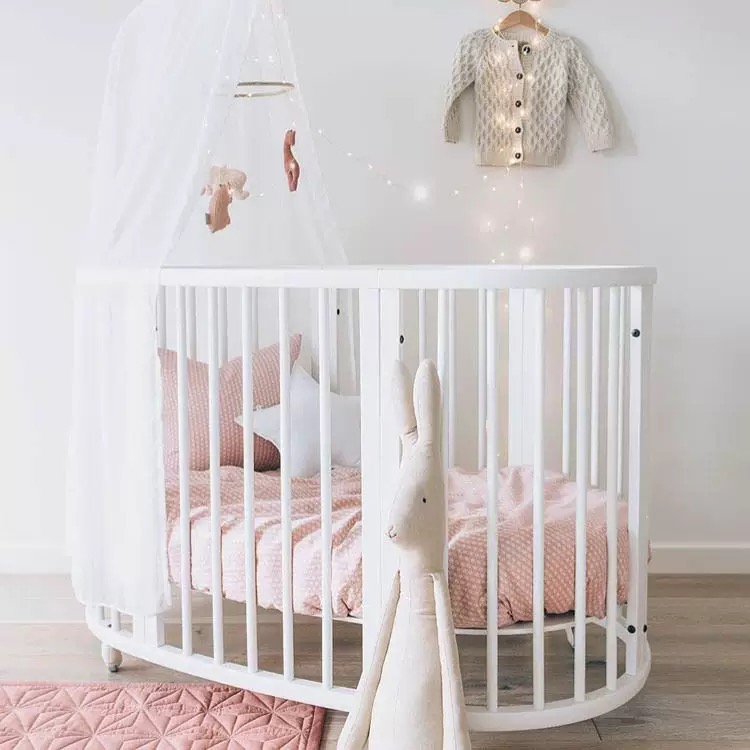
Round cribs offer a unique aesthetic and can serve as a focal point in nursery design. While visually appealing, it’s important to ensure that bedding and mattresses are specifically designed to fit these non-standard shapes to maintain safety.
8. Eco-Friendly Cribs
Eco-friendly cribs are constructed from sustainable materials and finished with non-toxic paints or stains. They cater to environmentally conscious parents seeking to minimize their ecological footprint while ensuring a safe environment for their child.
9. Multi-Functional Cribs
Some cribs come with additional features such as built-in drawers, shelves, or canopies. These designs aim to provide extra functionality and convenience, though they may require more space and a higher budget.
Safety Considerations
Regardless of the crib type chosen, safety should always be the paramount concern. Ensure that the crib complies with current safety standards, has no drop sides, features appropriate slat spacing, and is free from protruding hardware. The U.S. Consumer Product Safety Commission (CPSC) provides guidelines to help parents select safe cribs.
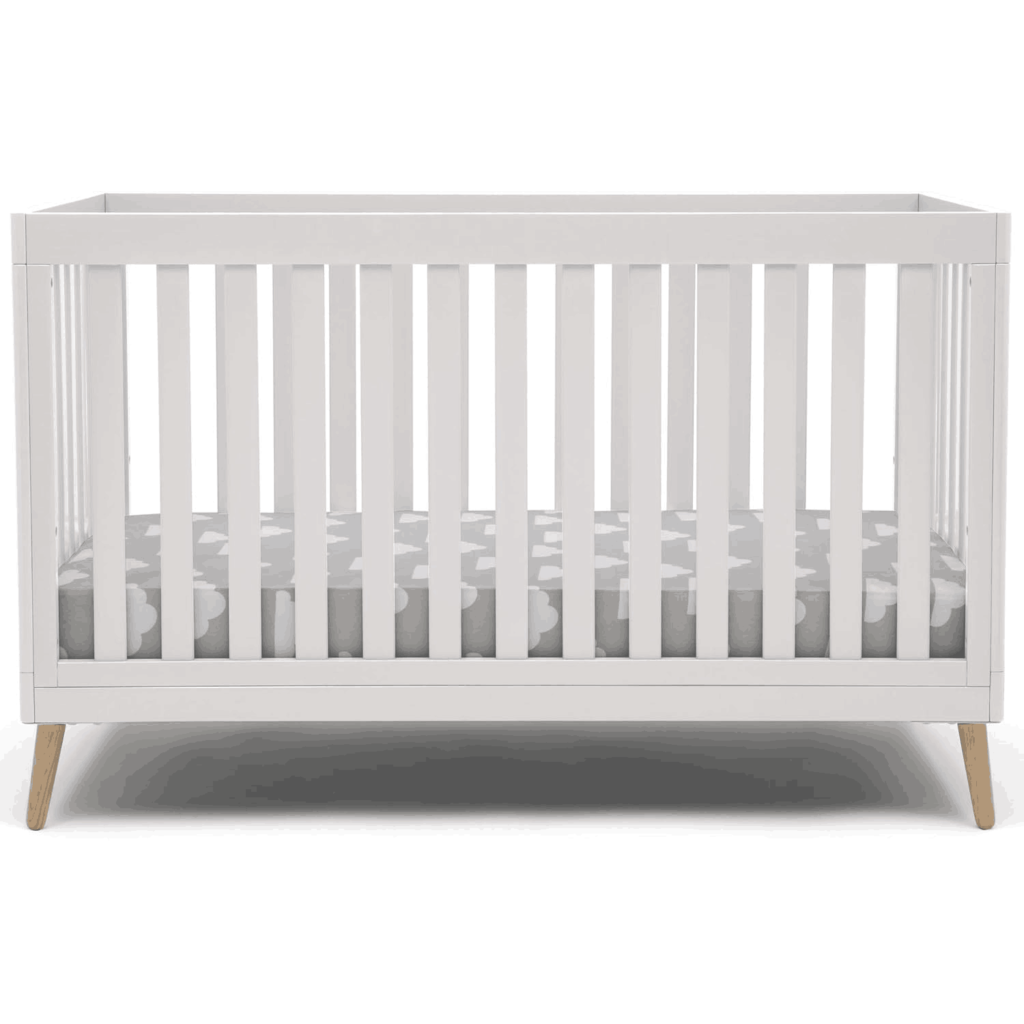
Conclusion
Understanding the various types of baby cribs enables parents to choose a model that best fits their lifestyle, space, and budget while ensuring the safety and comfort of their child. By carefully considering each option’s features and benefits, parents can make informed decisions that will serve their family well during the early years of their child’s life.

